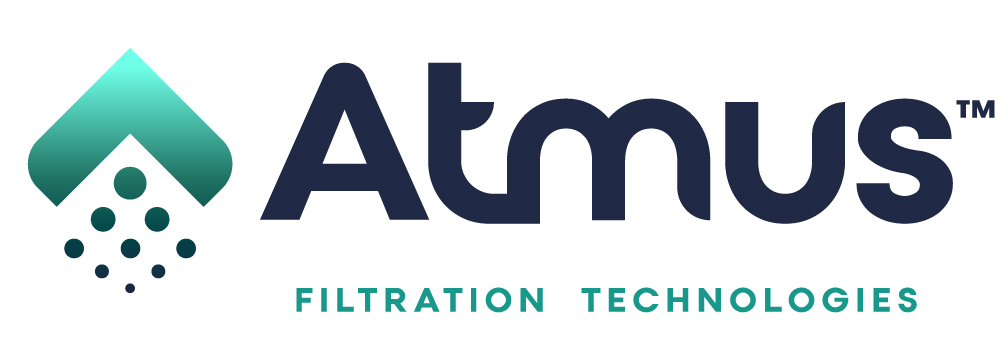Supplier Handbook
Atmus Fitration Technolgies values global supplier partners who share their commitment to quality.
To support that end, Atmus has developed and implemented the Atmus - Supplier Handbook (Customer Specific Requirements) (Atmus-CSRs) PDF. The Atmus-CSRs contains the minimum quality requirements that a supplier must meet to do business with Atmus.
Atmus CSRs apply to all suppliers that provide direct materials to Atmus and any of its subsidiaries, joint ventures, divisions or affiliates. They are aligned with ISO9001:2015 and IATF 16949:2016. All Atmus suppliers must meet the requirements of the Atmus CSR.
Atmus Quality Management Solutions (AQMS)
AQMS is the web-based application used by Atmus and suppliers to manage information related to nonconformances (MNCS, PNCS, SCARS), new product development (APQP, PPAP, Sources Releases), and performance monitoring (PPM, Disruption, SCAR responsiveness).
Deviations / Waivers
If a supplier needs a deviation/waiver from Atmus plants, please read the following:
- Each Atmus plant requires its' own individual deviation/waiver to be submitted by the supplier for approval. This means that if a supplier ships parts to more than one Atmus Plant, a deviation/waiver will be required for each affected Atmus plant.
- For example, if a supplier ships to three different Atmus plants, three deviations/waivers are required (one for each of the Atmus Plants).
This is not a new requirement; this announcement is for clarification purposes due to some recent confusion.
Supplier Change Request (SCR)
Suppliers shall obtain approval for all process and product change requests from their Atmus SQE prior to implementing a change. Proposed changes shall be approved using the Atmus Supplier Change Request (SCR) form below. Per the Supplier Quality Handbook suppliers should follow the AIAG PPAP manual, table 3.1 and any SCR must be submitted at least 12 weeks prior to the planned implementation date of the proposed change.

